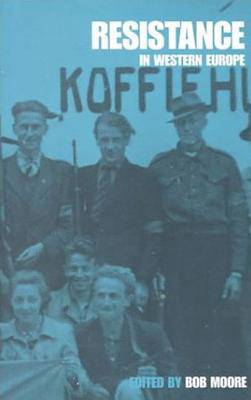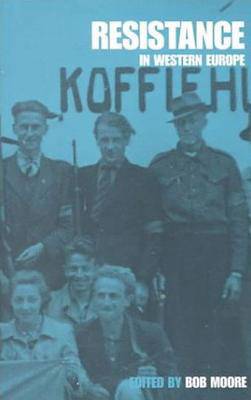
- Afhalen na 1 uur in een winkel met voorraad
- Gratis thuislevering in België vanaf € 30
- Ruim aanbod met 7 miljoen producten
- Afhalen na 1 uur in een winkel met voorraad
- Gratis thuislevering in België vanaf € 30
- Ruim aanbod met 7 miljoen producten
Zoeken
Omschrijving
This book is the first comprehensive survey of resistance movements in Western Europe in World War II. Until now, most work on resistance has centred either on espionage networks, partisans and their external links, or on comparisons between national movements and theories of resistance. This book fills a major gap in the existing literature by providing an analysis of individual national historiographies on resistance, the debates they have engendered and their relationship to more general discussions of the occupation and postwar reconstruction of the countries concerned. Explaining the context, underlying motivations and development of resistance, contributors analyze the variety of movements and organizations as well as the extent of individual acts against the occupying power within individual states. While charting the growth of resistance activity as the war turned against the Axis, this book will also deal with the roles of specific groups and the theories which have been put forward to explain their behaviour. This includes patterns of Jewish resistance and the participation of women in what has largely been considered a male sphere. The conclusion then provides a comparative synthesis, and relates the work of the contributors to existing theories on the subject as a whole. This book will not only be core reading on courses on the social or military history of World War II but also, more generally, all courses covering the social and political history of Western European states in the twentieth century.
Alleen bij Standaard Boekhandel
+ 159 punten op je klantenkaart van Standaard Boekhandel
Beoordelingen
We publiceren alleen reviews die voldoen aan de voorwaarden voor reviews. Bekijk onze voorwaarden voor reviews.









